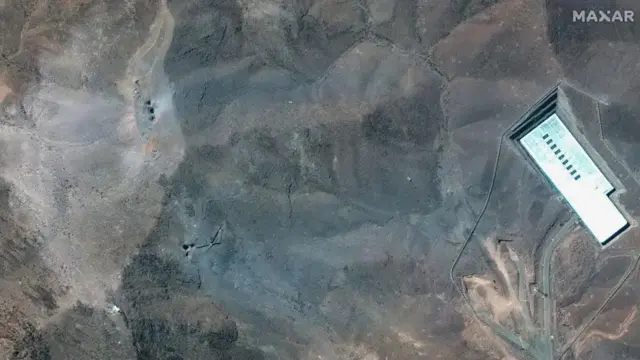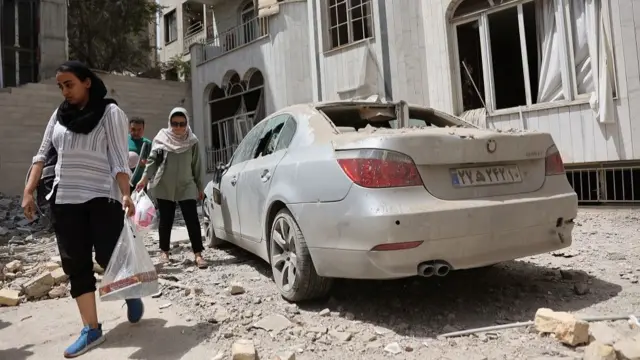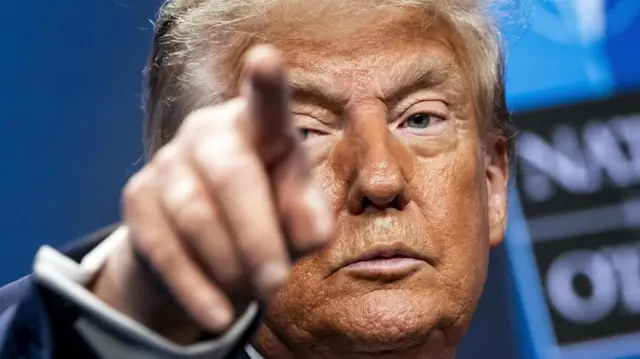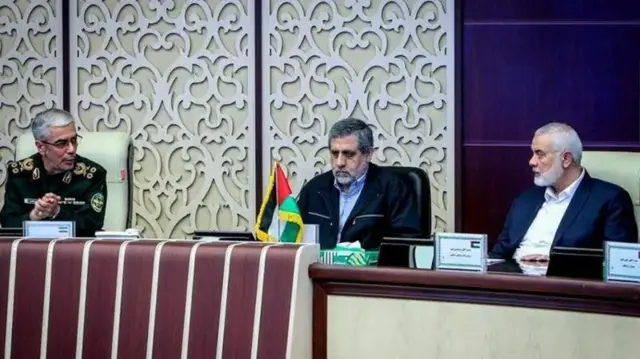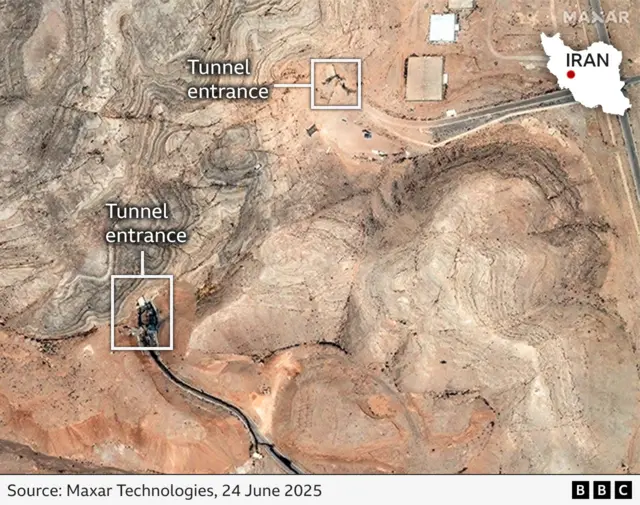US hails 'historic' strikes as Iran's leader claims they failedpublished at 17:42 BST 26 June
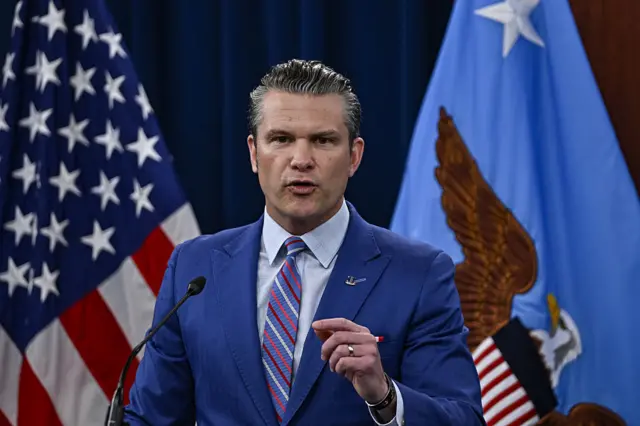 Image source, Anadolu via Getty Images
Image source, Anadolu via Getty ImagesWe'll shortly be pausing our live coverage, but before we do here's a recap of the day's main developments:
- US Defence Secretary Pete Hegseth calls last weekend's US strikes on three Iranian nuclear sites "historically successful", saying Tehran's nuclear programme is now severely damaged
- He again accuses some US media outlets of "irresponsible reporting", after a leaked intelligence report suggested the strikes' impact may have been limited
- US President Donald Trump later denies reports that Iran moved uranium before the strikes
- In a defiant TV address to the nation earlier in the day, Iran's supreme Ayatollah Ali Khamenei says the US "failed to achieve anything significant" with its strikes
- He also claims victory over Israel - and says Iran delivered a "heavy slap" to the US by attacking a US base in Qatar
- In a separate development, Iran has approved a bill to end cooperation with the UN nuclear watchdog - but the IAEA says it has not been informed of any change
Thanks for sticking with us. You can continue to read more about the this story in our main article.
We have more on the new reality in Iran in our in depth article by Kasra Naji from BBC Persian.
You can find more stories about Iran in our special index.
